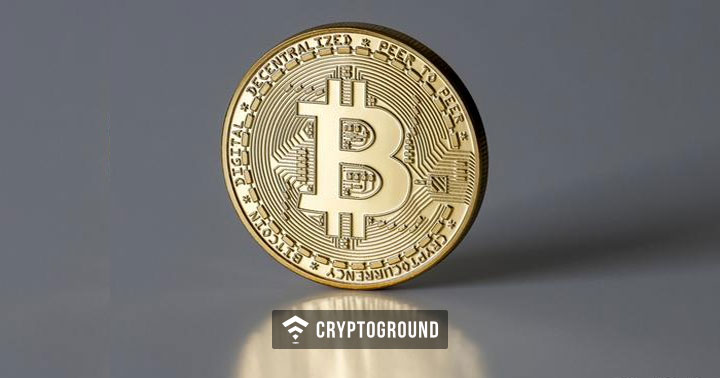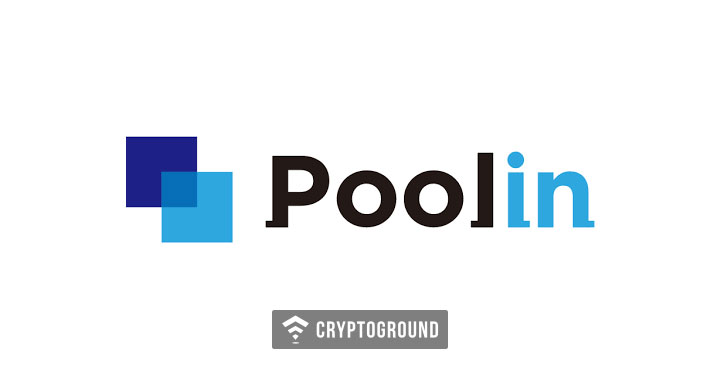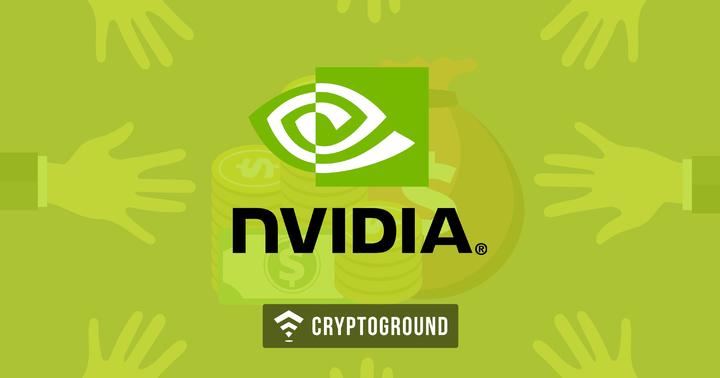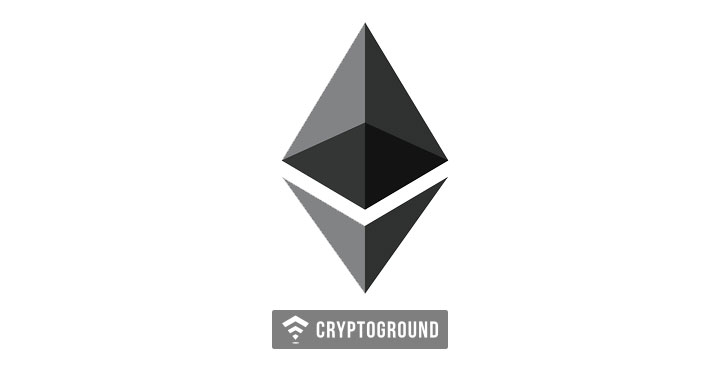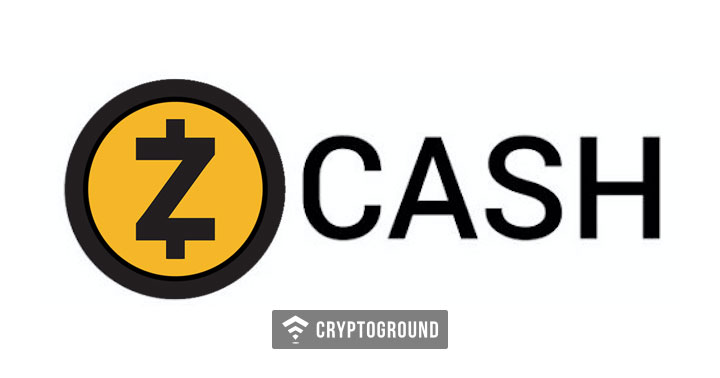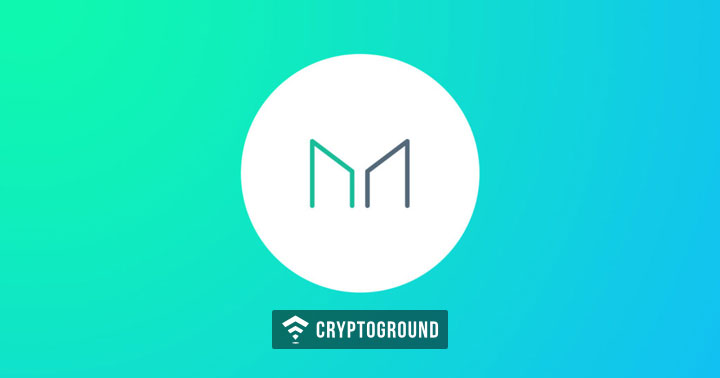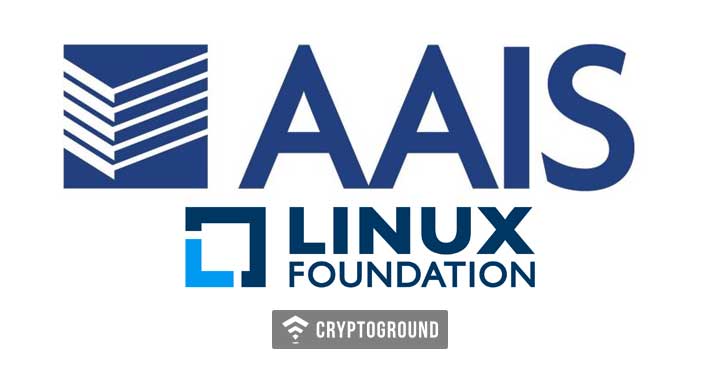All corporate electronic companies which have been focusing on producing ASIC mining chips used in the mining of cryptocurrency have been minting money. Samsung is no exception and had started producing ASIC chips in earlier this year. It now has a straight four quarters record-breaking performance in revenues with mining chips being the driver. The semiconductor business dampened by the weak smartphone market was offset by this new promising sector.
The company has reported an operating profit of 15.64 trillion Korean Won or roughly $14.45 billion. The revenues of 60.56 trillion won were boosted by the memory chip sales.
As SeWon Chun, senior vice president of Samsung’s semiconductor business for memory explained “for graphics … total demand increased thanks to strong demand from graphics cards and cryptocurrency mining.”
“In the semiconductor business, earnings increased significantly year-over-year thanks to favorable memory market conditions driven by a strong demand for server and graphics memory as well as earnings improvements in both System LSI and foundry businesses led by increasing demand for chips used in flagship smartphones and cryptocurrency mining,” as responded by Robert M. Yi, executive vice president of investor relations.
Highlights of the results –
-
Cryptocurrencies are grouped under the foundry business and “earnings grew as orders increased for high-performance computing chips.”
-
Earnings are expected to grow in Q2 as well due to “increased supply of 10nm products and high-performance computing chips”
-
The focus in the second half of 2018 will be to “diversify the consumer base”
Increasingly Competitive Market Scenario
Samsung foundry business will benefit in Q2 due to an expansion in the supply of 10 million processors. Cryptocurrency mining will offset the losses in the smartphone components which will weigh on the results next quarter.
Samsung has given an Outlook for the second half of 2018 and expects it to be better than the first owing to the components business and as they call it the strong DRAM demand. The company is diversifying its consumer base with Halong mining as a major buyer of the ASIC chips manufactured by Samsung.
Taiwan Semi is a major competitor in this business and supplies to mining giants like Bitmain and Cannan Creative. The quarterly sales from this market have reportedly gone up by $350 million to $450 million for Taiwan Semi. However, Samsung does not disclose the revenues of the segments like chip mining and prefers to keep the results private.
High-end graphics manufacturers, Nvidia Corp. and Advanced Micro Devices Inc. have been riding the wave since last year with mining demand depleting excess inventory of graphics cards.They saw an increase in sales over 20% last year. The stocks of Nvidia and AMD had gained 14% and 27% respectively in June 2017.The demand ran almost to the tune of $875 million by estimates of RBC Capital Markets analyst Mitch Steves which was almost equal to AMD’s total sales from chips last year. However, many analysts saw this as a short burst of demand indicating the bearish trend since the beginning of 2018.


